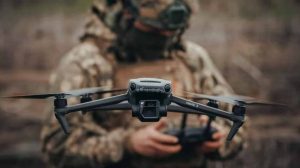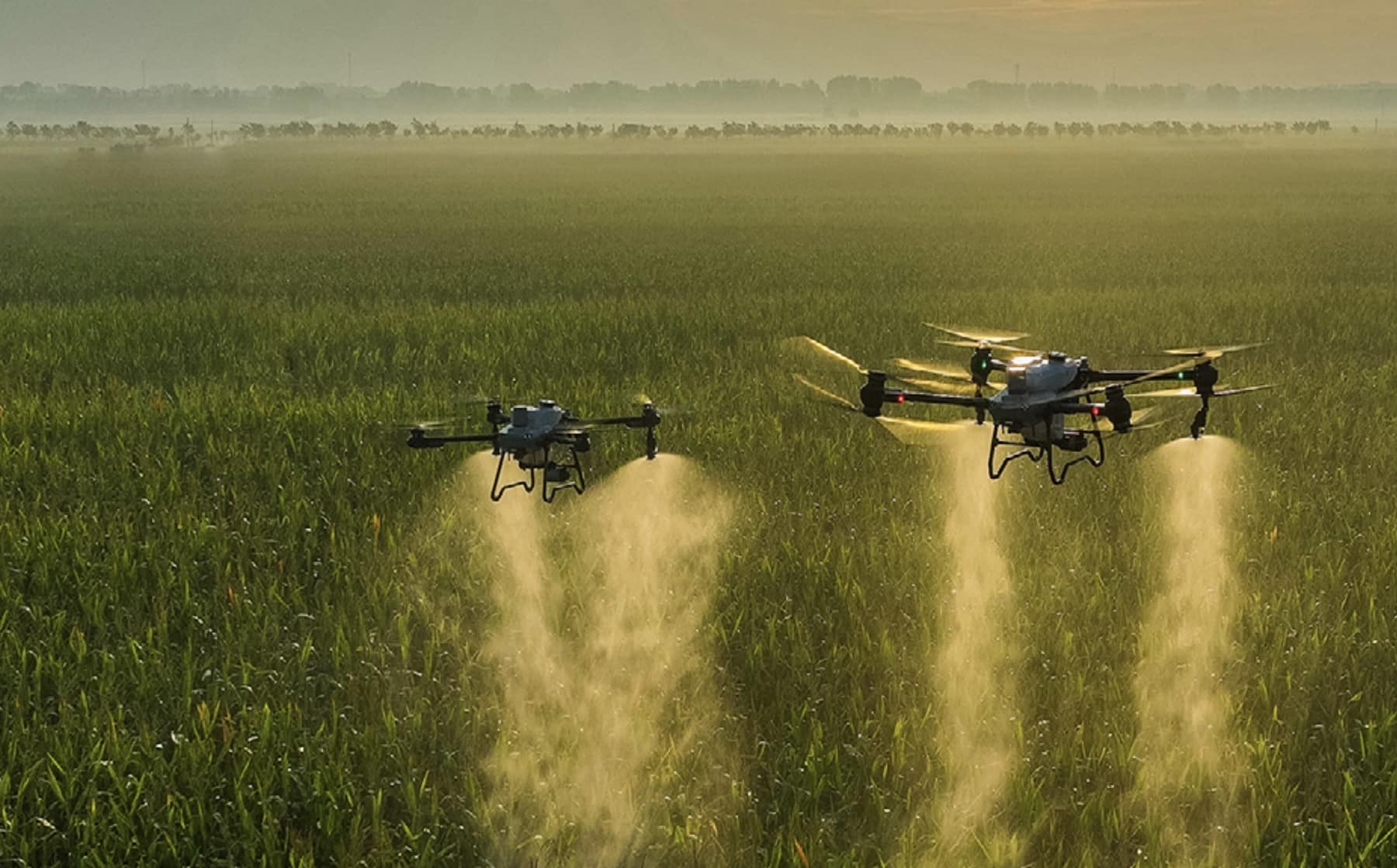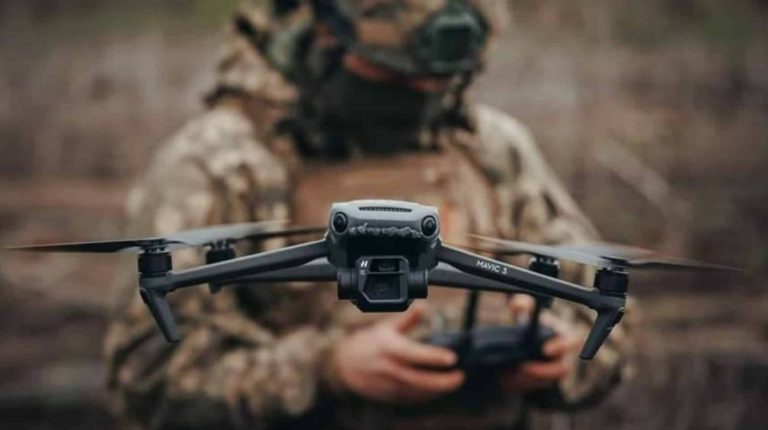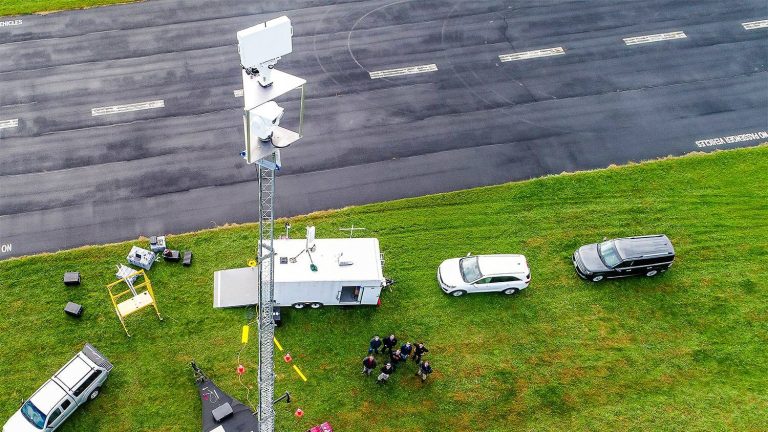At Brazil‘s Agrishow 2025, DJI Agriculture unveiled its fourth annual Agricultural Drone Industry Insight Report, spotlighting a global surge in drone-powered farming that’s reshaping agriculture with precision and sustainability. With 400,000 DJI ag drones deployed worldwide by late 2024—a 90% leap since 2020—farmers are saving water, cutting emissions, and boosting yields, proving drones are no longer futuristic but essential farm tools.
Precision Farming Takes Flight
The report, presented in São Paulo, highlights how drones are revolutionizing tasks like pesticide application and crop monitoring. In Brazil, coffee plantations using DJI’s Agras T40 and T50 drones slashed operational costs by 70% compared to manual spraying and 50% versus tractors. In Romania, an elderly vineyard owner halved chemical use on sloped terrain, while Kazakhstan’s sunflower farmers reduced seed moisture and chemical costs. These case studies show drones tackling tough terrains and tight budgets, making farming smarter and more affordable.
DJI’s drones, equipped with optimized nozzles and airflow dynamics, minimize spray drift, matching large ground sprayers’ precision while outperforming crop-dusting planes. Treating 300 crop types across 100 Countries, these drones have saved 222 million tons (244 million U.S. tons) of water and cut carbon emissions by 30.87 tons (34 U.S. tons), aligning with global sustainability goals.

Regulatory Tailwinds and New Pilots
Smarter regulations are fueling this growth. Argentina eased drone deployment rules, Spain streamlined approvals, and Brazil standardized pilot training, welcoming younger pilots and more women into the field.
“Agricultural drones have become essential farm equipment worldwide,” said Yuan Zhang, DJI Agriculture’s Head of Global Sales. “Thanks to research-based policies and clearer training processes, adoption among young people and women has grown significantly.”
This influx diversifies the industry, with 400,000 trained operators now flying DJI drones, a 33% rise from 2023. Standardized training lowers barriers, making drone operation accessible to new generations eager to modernize farming.
U.S. Market Faces Turbulence
While the Americas and Southeast Asia drive growth, U.S. farmers face hurdles. A 145% import tax on Chinese goods and proposed bans on DJI drones, citing national security, threaten 90% of the U.S. spray drone supply. DJI remains committed, with a spokesperson noting, “We aim to keep pricing reasonable despite evolving market conditions.”
Meanwhile, U.S. firms like Guardian Agriculture and Hylio are scaling up “Made in America” drones. Heinen Brothers’ Kelly Hills Unmanned Systems, using Pyka’s Pelican Spray, offers a commercial-grade unmanned option, promising cost savings for large-scale farms.
DroneXL’s Take
For DroneXL readers, DJI’s report isn’t just numbers—it’s a glimpse into farming’s future. Drones are leveling the playing field, letting small and large farms alike cut costs and conserve resources. The U.S. market’s challenges sting, but they’re sparking innovation from domestic players. Picture a Kansas farmer swapping a clunky sprayer for a drone that zips over fields, saving time and fuel—that’s the revolution DJI’s driving. Regulatory shifts and training programs mean more pilots, from tech-savvy teens to seasoned growers, can join in. This isn’t just about flying gadgets; it’s about feeding the world smarter.
Photos courtesy of DJI

Discover more from DroneXL.co
Subscribe to get the latest posts sent to your email.





















+ There are no comments
Add yours